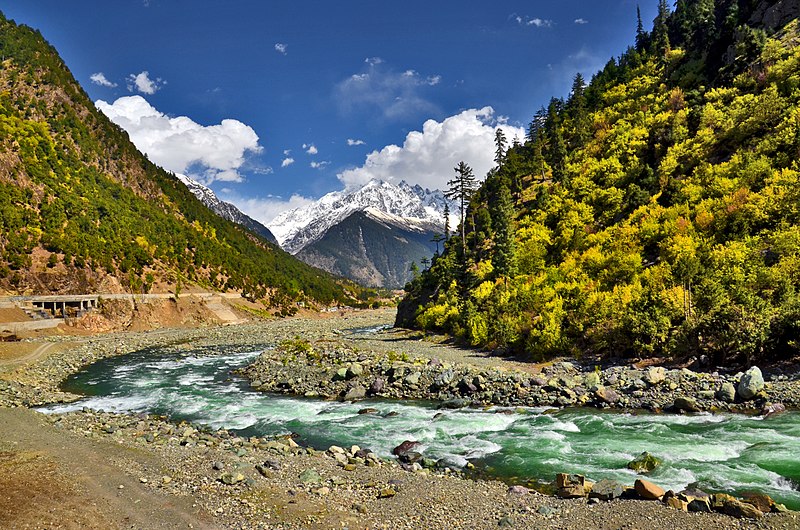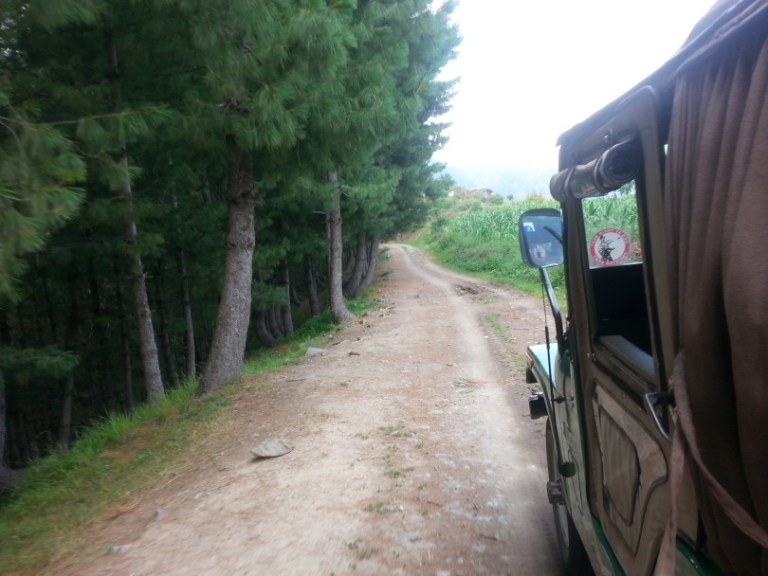Location and the notable ceremonies:
The Jamshed Quarters area near Gulshan-e-Iqbal Karachi is the location of the tomb. Quad-e-Azam died in 1948 but the tomb was constructed 12 years after his death in 1960. The location is considerably calm as compared to the city buzz of one of the largest global economies which is centered not too far from the spot. The Karachiites can see the glowing and marvelous tomb from several miles at the night time. There are a few military and official ceremonies held here on annual basis on different notable occasions such as Pakistan Day (23rd August), Independence Day (14th August), Quaid’s birthday (25th December) and Quaid’s Death anniversary (11th September). When some dignitaries or other significant people from different countries visit Karachi then they do visit Mazar-e-Quaid on their official tour to the country which is a gesture of respect for the great Quaid-e-Azam.
Architecture:
The architecture of Mazar-e-Quaid has magnificent visual appeal. The design of the building was given by Yahya Merchant who is a renowned architect on global scale. The structure is built using the white marble having curved arches. The copper grills of the monument are elevated over a platform of 54 square meters. The covered area of Mazar-e-Quaid is 53 hectare and the dimensions of the center building are 75 x75 meters with a height of 43meters. The platform over which the building stood is 4 meters high above the ground surface. The entrance to the center building is given from all the 4 sides of the wall.

There are 15 fountains installed in succession which leads to the main platform from one side. From all the other sides, the terraced avenues lead to the main gates of the place. The inner chamber reflects beautifully the green of the 4-tiered dapper looking crystal chandelier. The chandelier has great relevance at Mazar-e-Quaid as it is a gift given by the People’s Republic of China who is the best friend country of Pakistan. The park that spans all around the mausoleum is decorated with spectacular beamed spot lights giving a charismatic feeling at night time that mesmerizes all its visitors. The beamed spot light is creatively projected at the mausoleum which further adds to the beauty and charm of the place.
In the grave complex, three graves are in succession while one is at the northern side. The northern grave is of Fatima Jinnah which is beautifully decorated with black floral design at its base. For the other three graves, the one at the northern side is of Liaquat Ali Khan. The southern end grave is of Sardar Abdur Rab Nishtar and the middle one is of Noorul Ameen who was the Vice President of Pakistan. All the 4 graves here have a box type exterior and they are made from white marble (Italian).

Visitors Attraction:
Karachi is the 16th largest city of the world with lots of tourist attractions where Mazar-e-Quaid also holds a pivotal place.
As it is the last resting place of Quaid-e-Azam who is the founder of Pakistan, so every government gives special importance to the maintenance and preservation of Mazar-e-Quaid. It is the responsibility of the Sindh government primarily to look after its care and they are doing a good job. Proper security and maintenance staff is there who ensure that the place is well maintained with no signs of quality deterioration. Military professionals also take part in the security of Mazar-e-Quaid which significantly improves the level of services. It is probably the most well maintained significant monument of Pakistan which is visited by millions of visitors every year.
























